The citizens’ march for water has just ended and the dialogue between the players is beginning
After 6 days of walking and 2 days of canoeing, the citizens’ walk for the fair sharing of water resources came to an end on Sunday 9 July after the Big Jump.
The forty or so walkers who took part between 1 and 9 July discovered all the facilities that make up the Montpezat hydroelectric complex in the Loire catchment area: the Veyradère water intake, the Issarlès lake, the Gage dam and the Lapalisse dam on the Loire. After climbing back up to the source of the Loire in magnificent surroundings and visiting the Atlantic/Mediterranean watershed, they followed the route of the gallery that leads to the equilibrium chimney, then to the underground hydroelectric power station at Monptezat. Finally, they were able to discover the Pont de Veyrières demodulator dam, which was exceptionally flooded that day. The walk ended at the confluence of the Fontaulière and Ardèche rivers. Admiring the technical prowess, the folly of man and questioning the sharing of water between man and the environment summed up the impression left by these structures on the walkers.
Along the way, meetings and 2 evening debates with EDF, as well as the main players impacted by the management of this structure (Issarlès lake town hall, members of the Loire Amont and Ardèche SAGEs, Water Agency, 43 Fishing Federation, FRAPNA Ardèche, local residents) provided an opportunity to continue but also to initiate interactive discussions and to identify the problems and visions of the two basins (increasing scarcity of resources, Lake Issarlès as the lung of Montpezat and angry local residents, committed water saving, impact of tourism on drinking water and the environment, etc.). These moments of exchange, welcomed by all the stakeholders, are the beginning of a story that will soon be written as part of the renewal of the complex’s concession. Getting to know each other and the state of the resource, discussing needs and problems is a prerequisite for finding a new compromise and solutions that meet the needs of people, environments and uses.
2 days of canoeing on the Ardèche and a Big Jump rounded off this week of learning and discovery.
More information about walking
More information on the Montpezat complex
The recordings of the two evening debates will be available shortly.
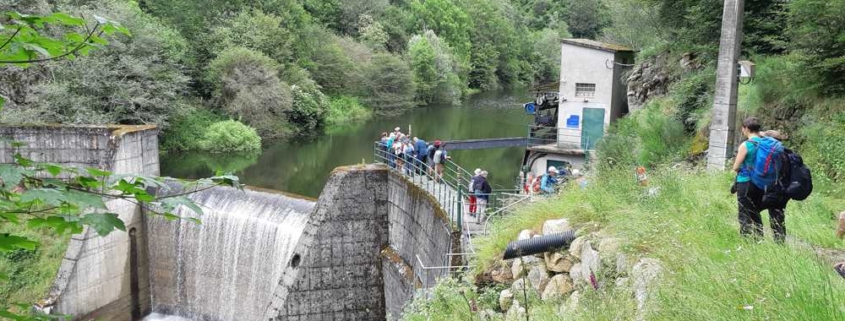
Prise d’eau de la Veyradère © ERN
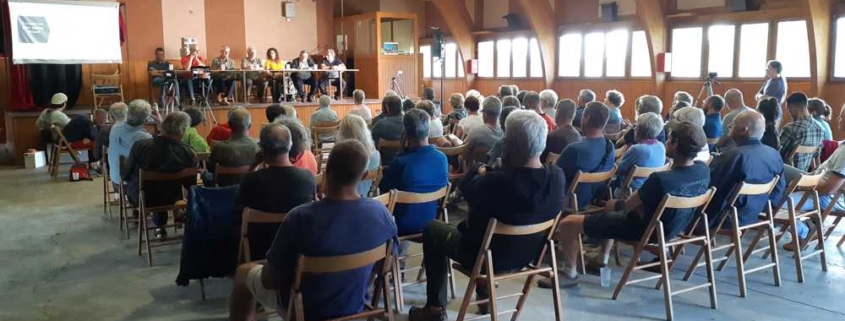
Débat Le Lac d’Issarlès
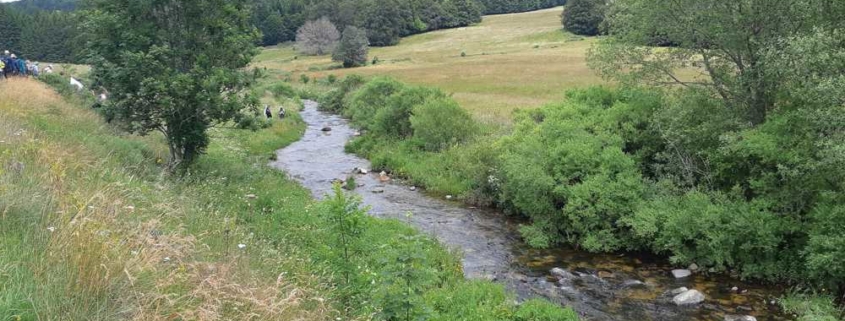
La Loire près de sources © ERN
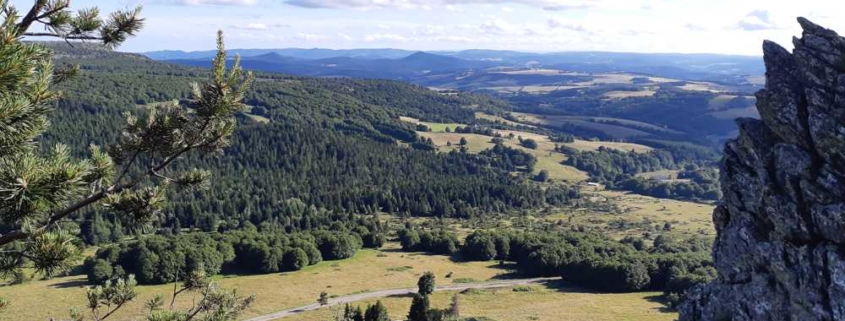
Mont Gerbier de Jonc © ERN
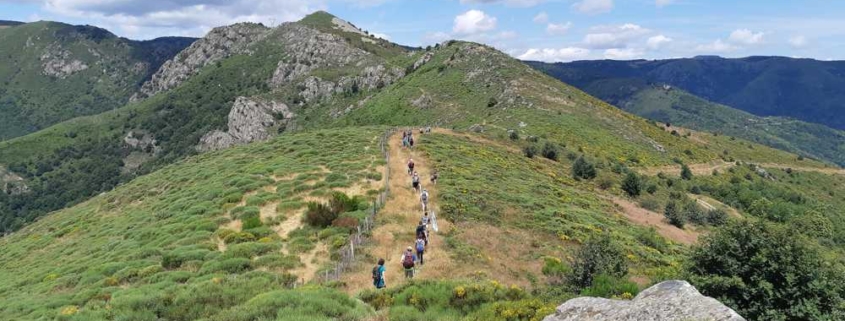
© ERN
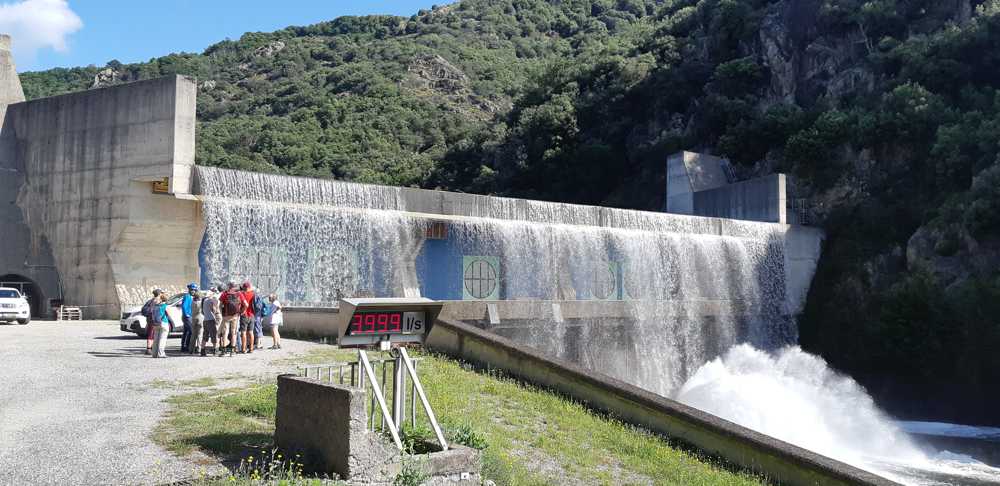
© ERN
OPEN RIVERS PROGRAMME : 7 July next call for applications
The Open Rivers Program announces the next call for applications for 7 July 2023 (5th sessions since the programme began, deadline for application : 1st September).
For this call, organisations from all over Europe are encouraged to apply for all grant categories.
A new feature of this call for proposals is that public-sector support structures will also be eligible as leading, but only for demolition grants if match funding is available. Before applying in this context, a discussion with Open Rivers will be necessary. See the updated Open Rivers guide, in which all the new eligibility criteria will be detailed.
As an NGO, and with 4 projects underway with Open Rivers, ERN is in regular contact with the programme and closely follows its developments. ERN is therefore still a strong partner which, together with a field coordinator such as a river syndicate, can propose a project in France.
In other European country, ERN provides a help desk to support a project idea and links organisation with other applicants or referents.
Q&A sessions for France and European countries will be organised in the near futur.
Memo : an run application process is approximatively 9 months. For an application to session 5, from 7 July 2023, your project will not be able to start until March 2024 if it is selected. Project duration: 1 year.
Nature Restauration Law : Encouraging but fragile results from the ENVI Commission
June 15 MEPs from ENVI Comission saved the Nature Restauration Law project, the amendment to reject the legal proposal did not pass, although with the smallest margin possible (44/44).
Compromise amendment 6 on Article 7 (river connectivity) was approved, which means that the 25,000 barrier removal target is – so far – still in the ENVI report. Although an encouraging result, it does not mean much, as there is a chance that the ENVI report ends up being rejected. MEPs will continue the voting of the last individual amendements during the next ENVI Committee meeting end of June, and then will vote on the full ENVI report.
So nothing is certain at this stage, advocacy efforts will need to continue until the plenary vote on the week of 10 July.
More infos : Save the “Nature Restauration Law” – European Rivers Network (ern.org)
Read the Press release from EEB
European People’s Party fails with disinformation campaign
Nature and the ever-growing list of stakeholders supporting the Nature Restoration Law can breathe a sigh of relief as the Environment, Public Health and Food Safety (ENVI) Committee of the European Parliament rejected attempts by conservative and right-wing groups to kill the proposed law in a very tight vote on Thursday morning.
[…]
Sergiy Moroz, Policy Manager for Water and Biodiversity at the European Environmental Bureau, said: “Recent weeks have seen a growing chorus of unprecedented support for the Nature Restoration Law [2], including from the scientific community, as this law offers a solution to tackle both the climate and biodiversity crises. Science is clear: the biggest threats to food security and to farmers are climate change and the degradation of nature. We urge the MEPs to resist the misinformation campaigns and continue negotiating constructively towards the adoption of a strong Nature Restoration Law in the lead committee and plenary without further delay.”
read Press release in full : https://eeb.org/the-nature-restoration-law-lives-to-fight-another-day/
Save the “Nature Restauration Law”
The Nature Restoration Law, which will be shortly put to vote in the European Parliament, sets the target of restoring at least 25,000 km of free-flowing watercourses by 2030 (Article 7) in order to improve the natural longitudinal and lateral connectivity of watercourses. These objectives complement the obligations of the Water Framework Directive and is necessary given the significant degradation of aquatic ecosystems.
Read our note for Members of the European Parliament in french and english.
We should even go further and set a target of 178,000 km by 2030.
But even more, there is a high risk that it will be fully rejected as several parties went as far as calling to completely denied it back this past May. This next Thursday 15 June the ENVI Committee of the European Parliament must be strong.
Send a message easy and quick message to your decision-maker to be ambitious : https://www.restorenature.eu/en/take-action #RestoreNature
The Nature Restoration Law proposal lays out plans to restore thousands of kilometers of rivers.
More info about fragmentation by dams
More info about Nature Restauration Law (anglais)
Patagonia launches a campaign to save the oceans!
While this is a global campaign for Patagonia, we have a clear and specific ask for our leaders across Europe:
“Bottom trawling is bulldozing our ocean floor, undermining small-scale fisheries, and deepening the climate crisis. We call on European leaders to end this destructive practice, starting with an immediate ban in marine protected areas and inshore zones. Sign the petition to end bottom trawling at patagonia.com/oceans.
More infos : https://eu.patagonia.com/…/eu-marine-protected-areas.html
Big Jump 2023 is approaching : July 9
On July 9, 2023
from source to sea, citizens will take a giant plunge by joining convivial events, demonstrating their commitment to bringing Europe’s rivers back to life. It is a symbolic act to make our voices heard and protect our rivers. By participating we are sending a strong signal to European leaders that much more needs to be done to protect and restore our rivers
DRE launch today the dam removal progress report for 2022
The latest report uncovers a surprising figure of (at least) 325 barriers have been removed in 16 European countries – a new record! As in 2021, most of the removed barriers were weirs, as these structures have a high probability of being old and obsolete and can be removed in a cost-efficient way. But large dams such as the Roche-qui-boit dam in France (16m high) are also among the 2022 achievements.
Several factors have contributed to the new numbers such as newly available funding opportunities, like the Open Rivers Programme, the coordinated efforts of national and regional public authorities to report removed barriers, and the hype created by findings of last year’s report disseminated all around Europe.
Given the latest developments in European climate policy and the Commission’s proposal for a Nature Restoration Law, it is important to keep highlighting dam removal as a crucial tool to accomplish ecosystem restoration and celebrating success stories across Europe. Moreover, barrier removal also contributes to the global Freshwater Challenge to restore 300,000km of degraded rivers by 2030, a goal launched at the UN Water Conference held in New York in March. Besides pollution, habitat degradation, and over exploitation of natural resources, freshwater ecosystems face one major issue: dams.
It has been found that over 1,2 million barriers fragment European rivers, with many being obsolete. Among the several harmful consequences is biodiversity loss, with a decline of 93% in freshwater migratory fish populations in Europe and 76% on a global level. The alarming numbers ask for costeffective and efficient solutions to restore rivers. Dam removal has been paving its way in nature
restoration tools – a trend has been confirmed across Dam Removal Europe’s annual reports.
Albania : River Vjosa becomes (Wild River) National Park (Pressrelease NGOs)
Radolfzell, Vienna, Tepelena – 15 March, 2023 At a formal ceremony in Tepelena this morning, Albania’s Prime Minister Edi Rama and his Minister of the Environment and Tourism Mirela Kumbaro declared the River Vjosa a Wild River National Park. As from today, the entire River Vjosa in Albania from its border with Greece to the Adriatic sea and its free flowing tributaries – a river system totalling more than 400 kilometres in length – have the very highest level of protection. This is something unique in Europe.
After more than ten years of unstinting efforts working for the preservation of one of the last wild rivers in Europe, EuroNatur, Riverwatch, EcoAlbania and many other conservationists and river activists are rejoicing over this great milestone. However, the river conservationists have not yet finished.
“We have fought long and hard with our partners for this day, with court hearings, petitions and discussions with those responsible in government and with local communities. Today we can celebrate,” says Annette Spangenberg, EuroNatur’s Head of Conservation. “Now we will continue campaigning for the other free-flowing tributaries and the river delta to be given protection so that the entirety of the Vjosa’s unique river eco-system can be preserved for ever.”
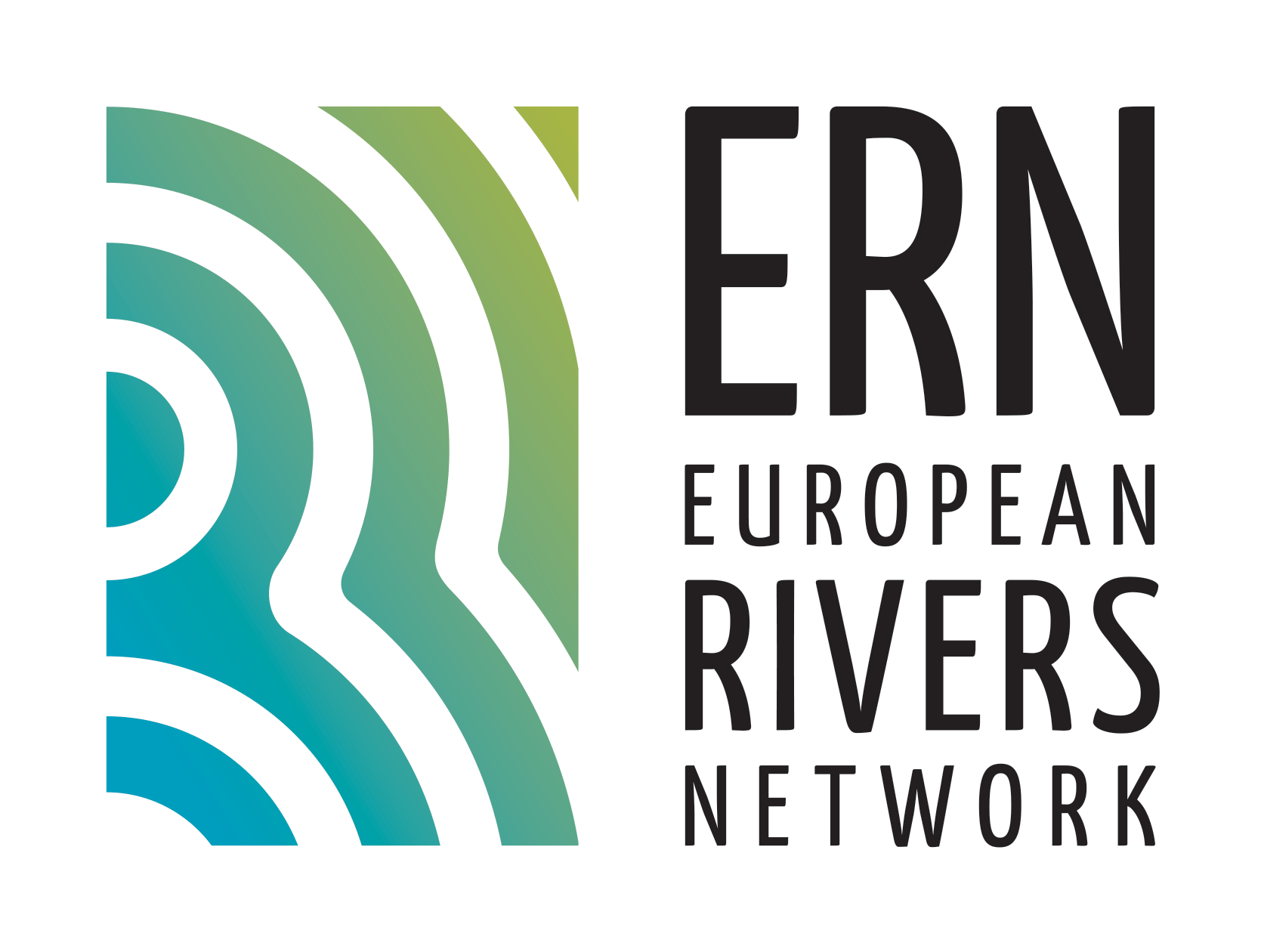

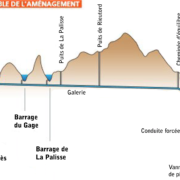
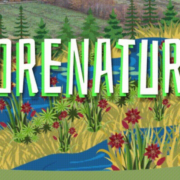
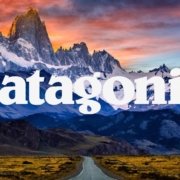

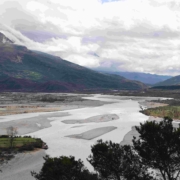
 ERN France
ERN France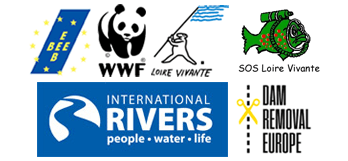 ERN is the official WWF Freshwater Partner in France and cooperates with WWF Switzerland, Austria, Netherlands and others
ERN is the official WWF Freshwater Partner in France and cooperates with WWF Switzerland, Austria, Netherlands and others